Steven Haulenbeek
Steven Haulenbeek
...Colour is one of the most useful tools in creating feeling.
How did you start out in design?
Before I stepped into design, I began as a sculptor. I was always very curious and enjoyed working with my hands. I started my career in Holland, Michigan which was close in proximity to a hotbed of American design and manufacturing. So while I began to learn the rudiments of fabrication processes for my sculptural work, I was beginning to be seduced by the rich design history in the area and later chose to dig deeper into design.
What inspires you?
I am inspired by materials and processes. The way I create an object is very hands-on. My research usually has a lot to do with sourcing real materials and experimenting with them until I gain an intimate understanding of those materials and how I might manipulate them in an unconventional way. I like to discover a method of creating an object before creating a plan for what the object will be.
Do you work from you own studio space?
I am very fortunate to have a studio that is connected through and adjoining door to a great bronze foundry called West Supply. I have a private space of my own and I have 2 part time assistants.
Your ice cast process caught our attention last year, tell us about that process.
The Ice-casting process started in the usual way. Alone at 4:00 in the morning in a bronze foundry in the freezing cold winter. I had limited knowledge of the lost-wax process and I understood that anything that could be produced in wax could be translated into bronze. In order to make my own intervention in the process, I must create a unique way to create an object in wax. The freezing winter conditions provided that opportunity for me. As an experiment, I poured a small cup of hot casting wax into a frozen puddle in the sidewalk outside the foundry. I discovered that the temperature shock of the hot wax against the cold ice created an other worldly texture in the wax. So I began a series of additional experiments. Freezing different materials and pouring into/onto them. 6 years later I have discovered how to create, vessels, furniture, mirrors, lighting, and other objects using carved ice molds and small variations on the same method
You are constantly changing your style and process. What drives you?
I think the key is endless curiosity. I am always interested in finding new methods and new materials and unique opportunities to push typical boundaries by which objects are created. I have never wanted to have just have one style and never consider what style I necessarily want my pieces or my studio to be defined by. I allow the process itself to drive the aesthetic of the work which makes the work feel more genuine and less styled.
How do you connect with colour?
Colour is also an ongoing experiment, particularly in my Resin-Bonded Sand work. I enjoy developing new colours to cooperate with my forms in sand and creating different methods of colour mixing before adding them to the piece as well as mixing on the surface of the object during the process. Colour is one of the most useful tools in creating feeling.
What do you do to relax after a hard days sand carving?
I am a beer enthusiast.
Three words that describe you?
Attention Deficit Disorder
Work, life, play – how do you balance them?
I try my best to create a good balance. I have to in order to have a good relationship with my wife and friends. But it is hard because when you work as an independent artist, you only get out what you put in. There is no safety net. I do tend to work or think about work very often, so life and work tend to intermingle a lot. On the other hand, a lot of the time, work feels like play time and if it ever stops feeling like that, I know I will have to make a change.
Futurism or Classicism?
Futurism.
Art or Design?
Design is an Art.
Home or Away?
I love being home but it is SO important to get away from time to time.
What advice do you have to any new designer?
Be patient and persistent. Learn to embrace failures.
A career in art or design is a series of failures punctuated by intermittent successes in increasing frequency. The key is to learn to take those failures in your stride and learn from them instead of letting them break you down.



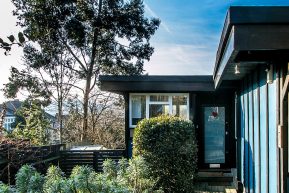
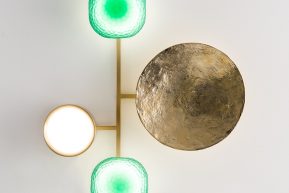
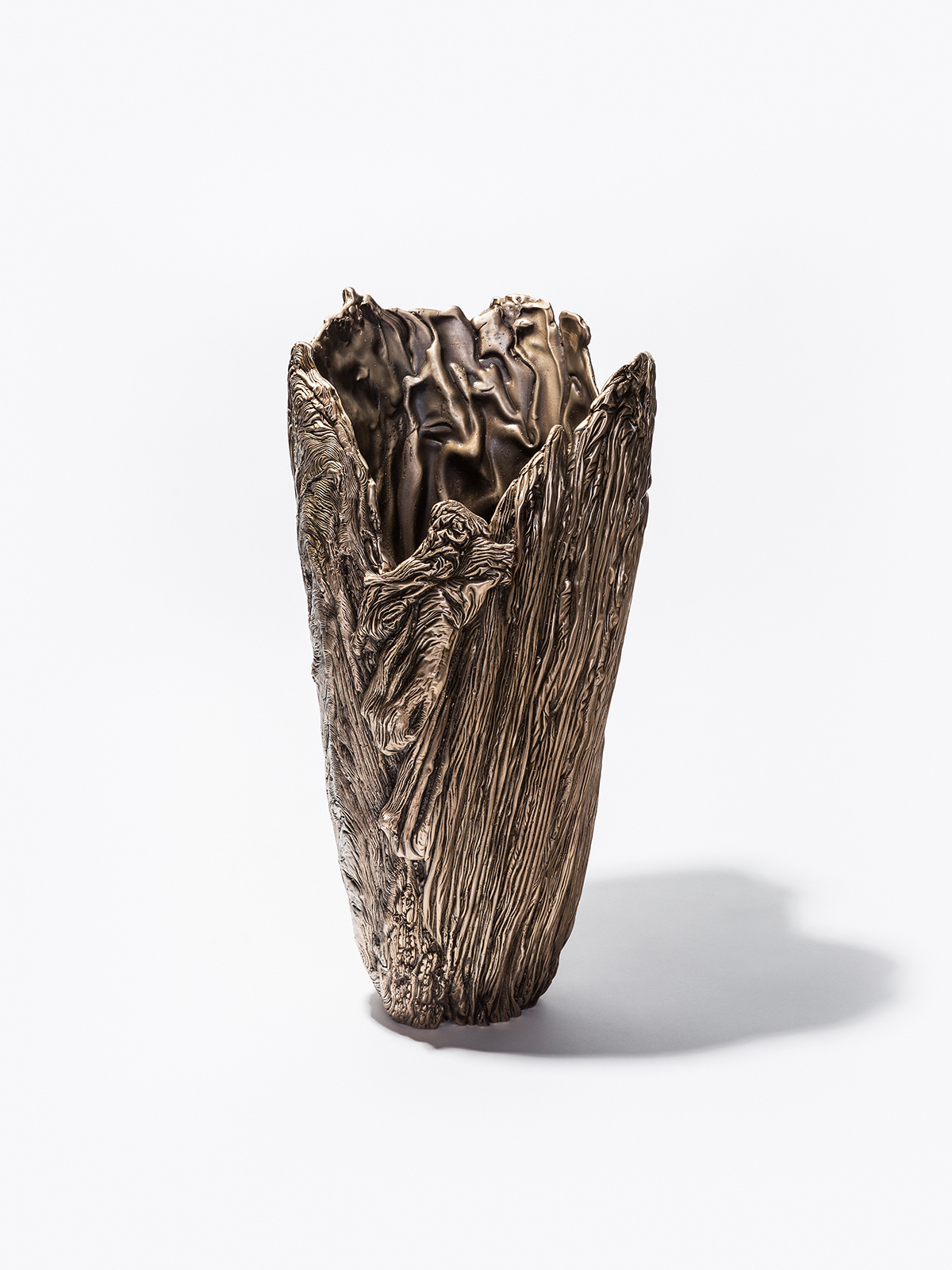
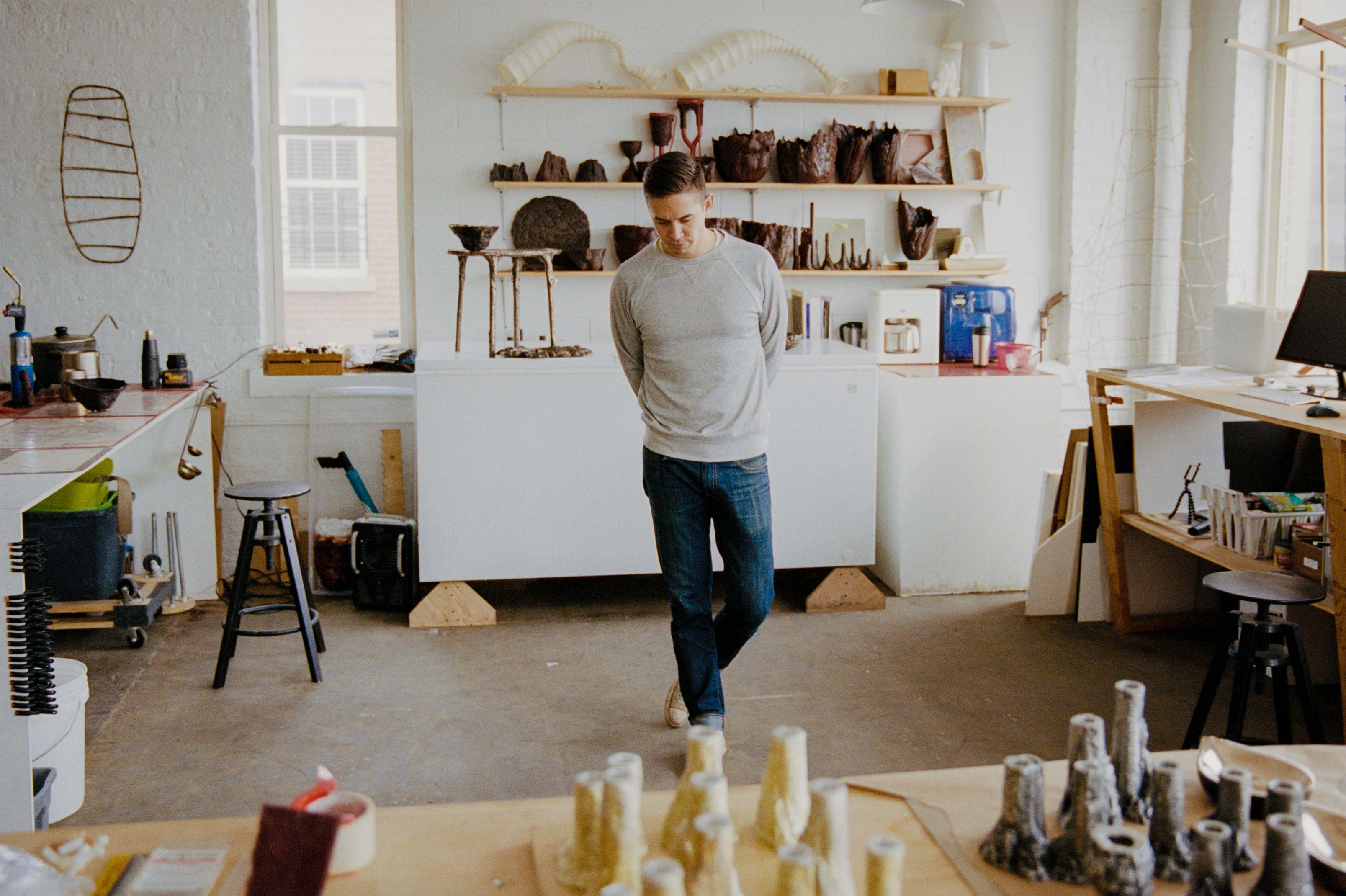
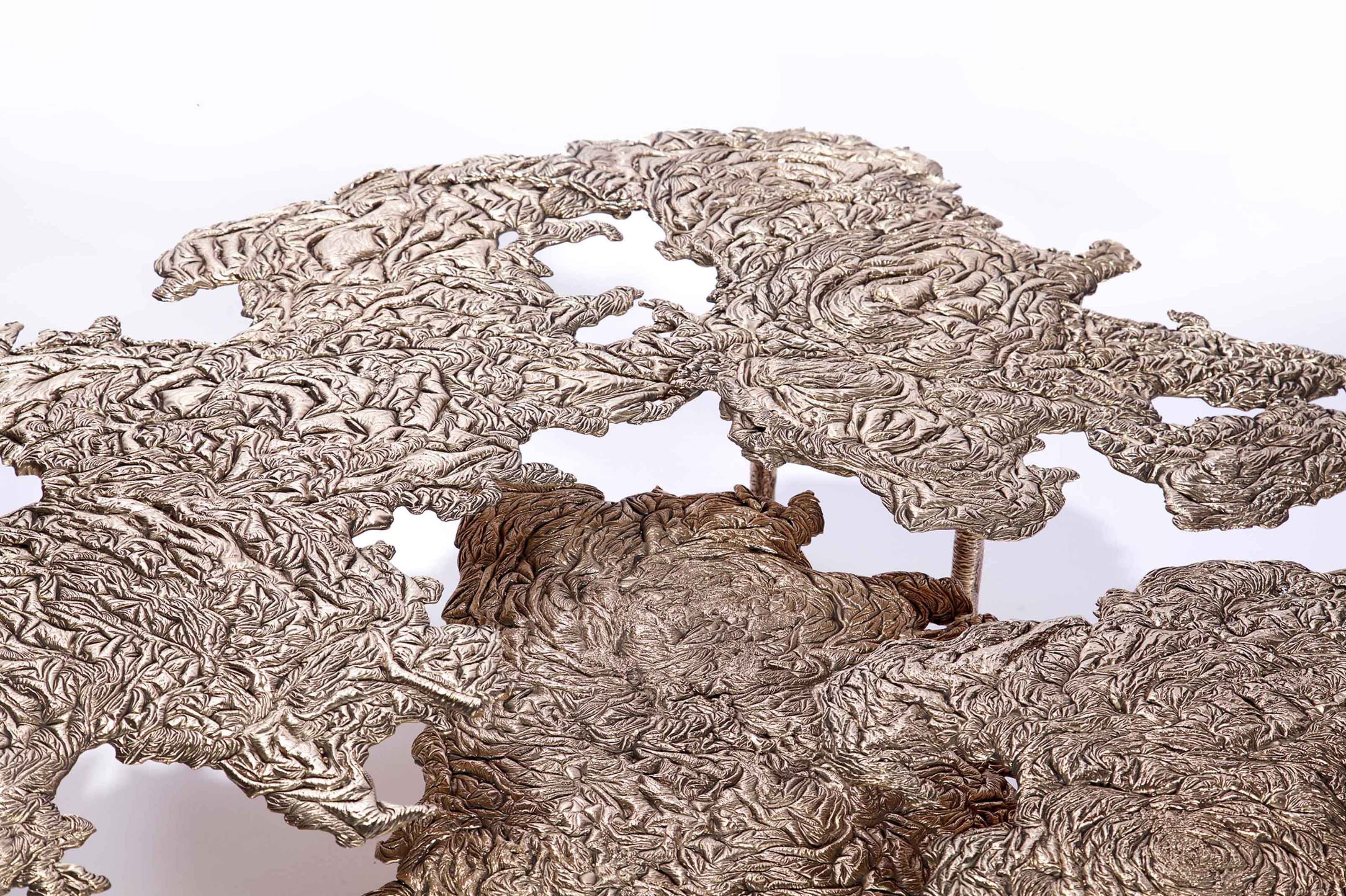
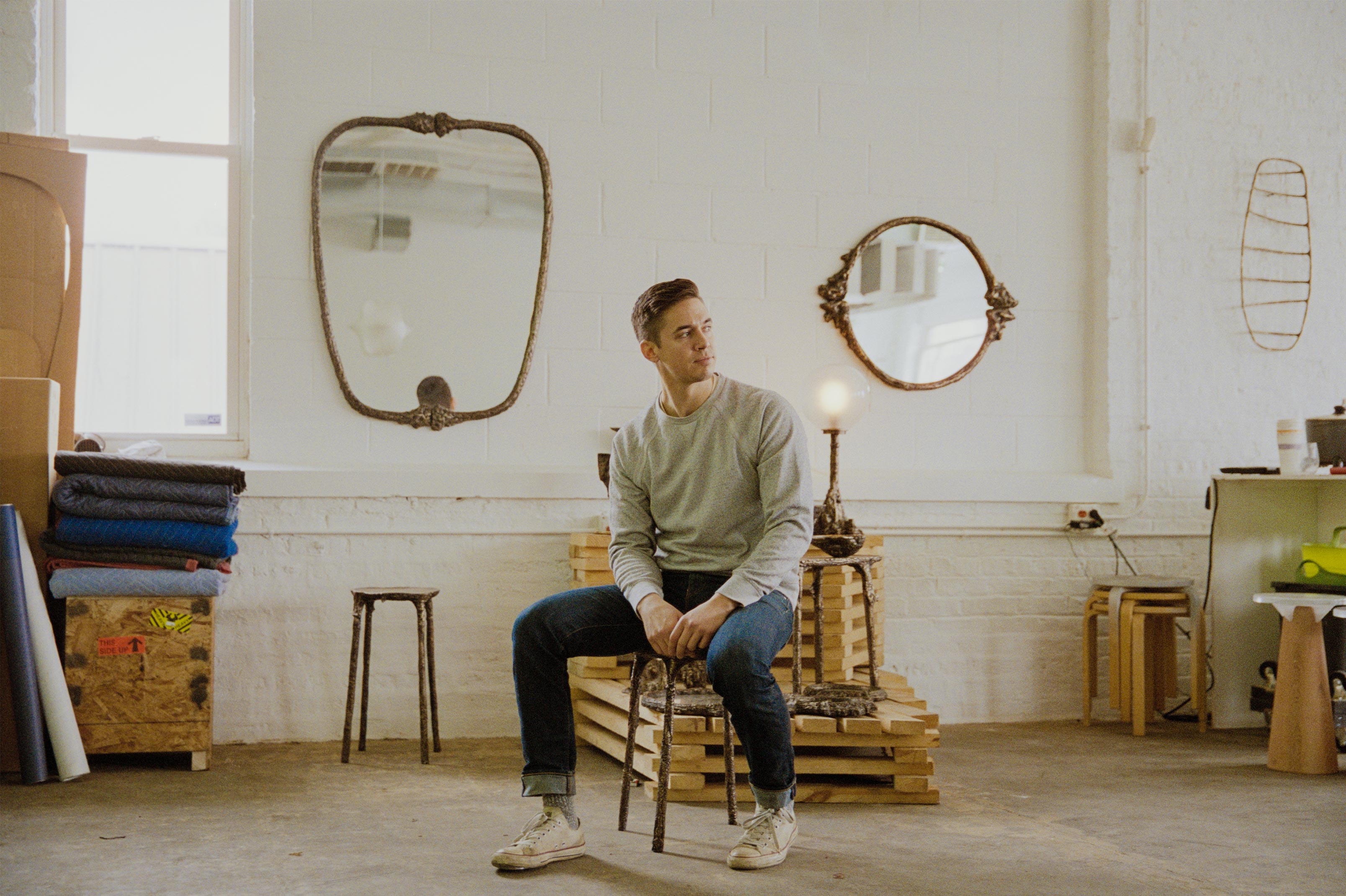
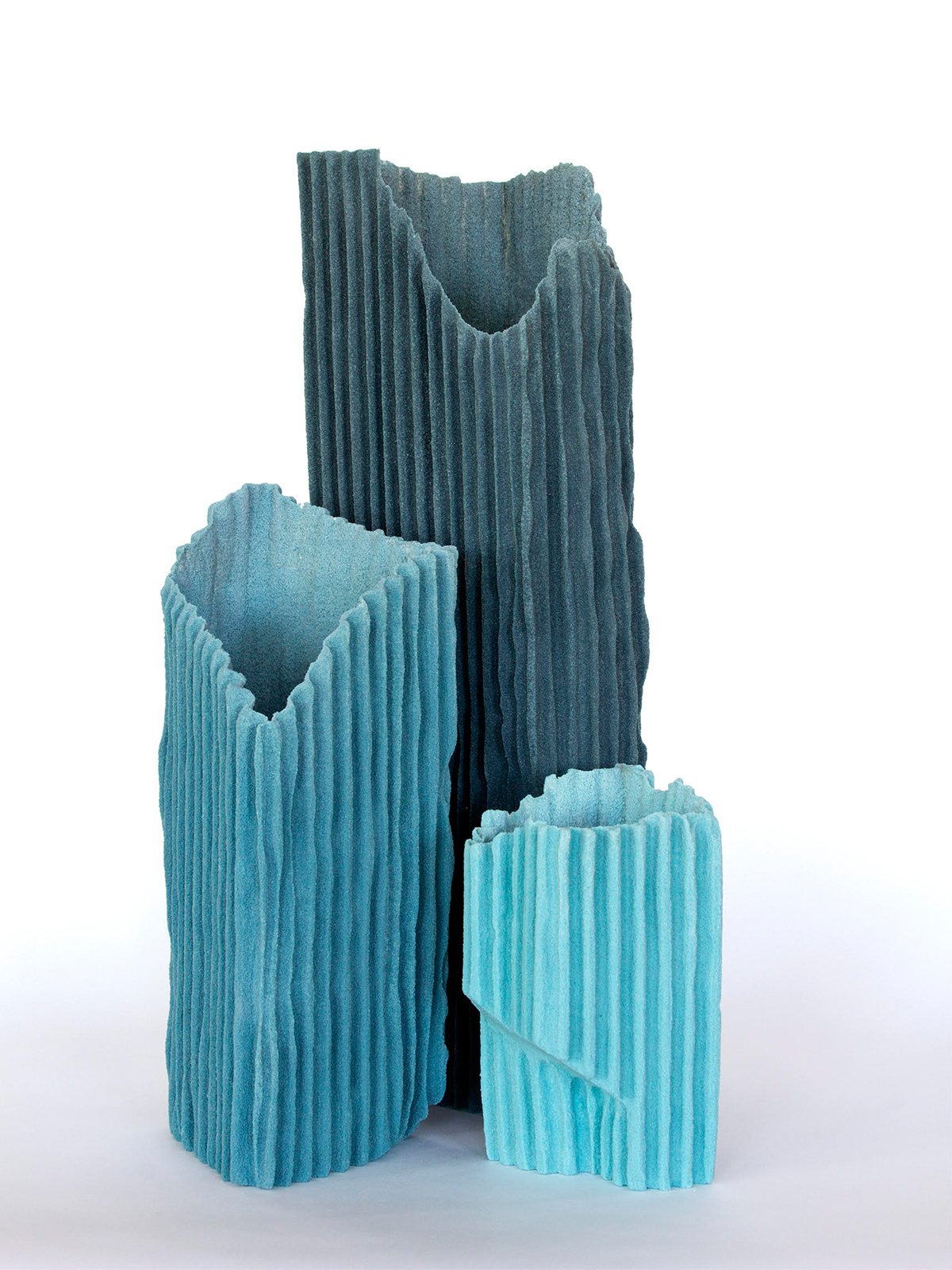
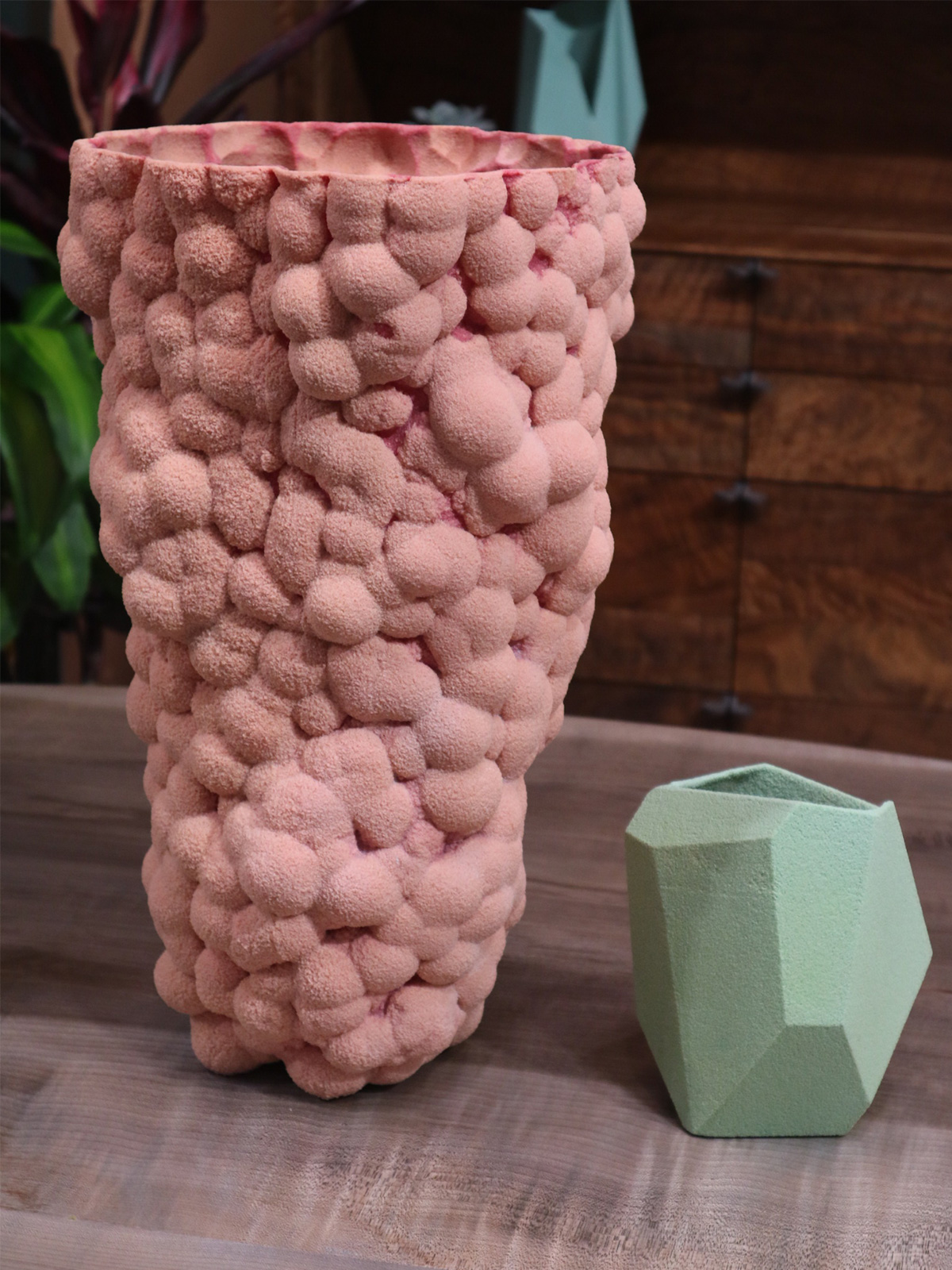
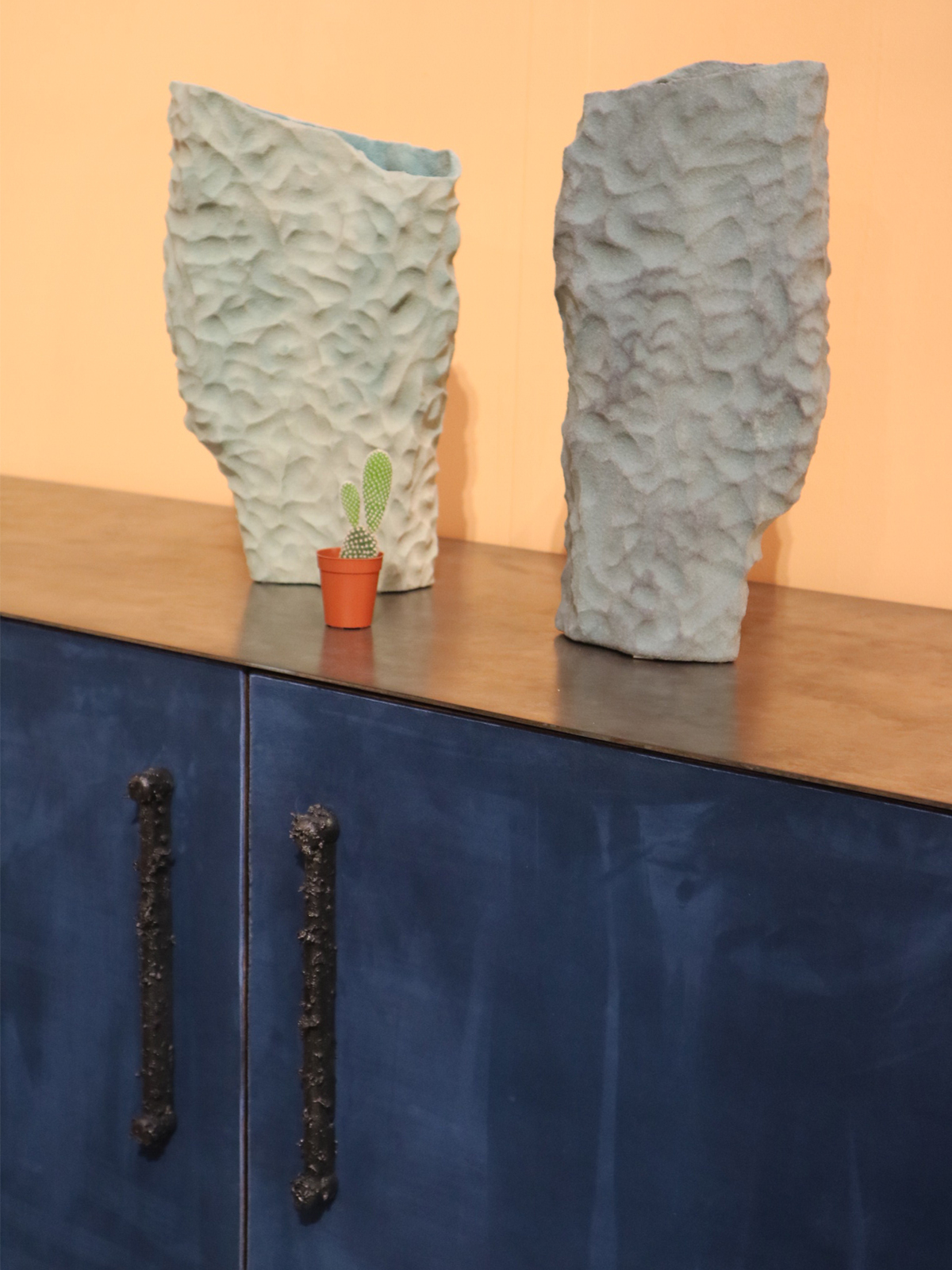



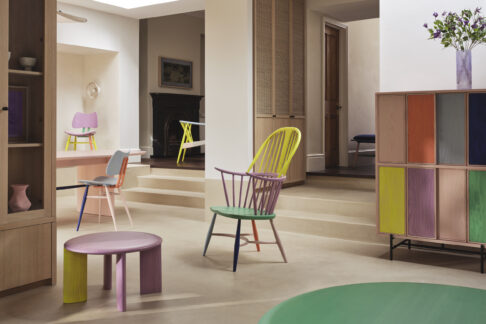 L.Ercolani x 2LG Studio
L.Ercolani x 2LG Studio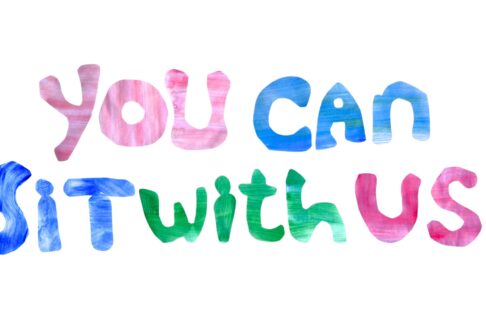 You Can Sit With Us – London Design Fair 2023
You Can Sit With Us – London Design Fair 2023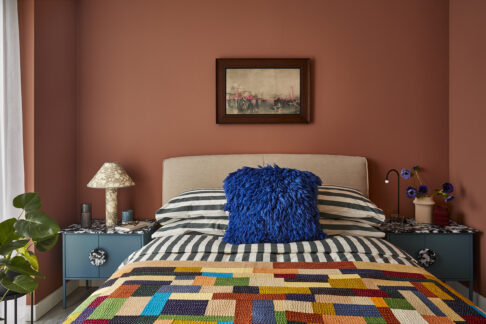 Coppermaker Square
Coppermaker Square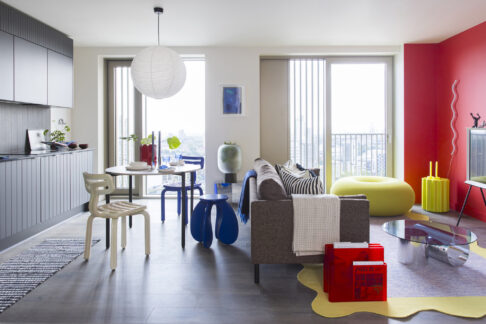 Xavier Building
Xavier Building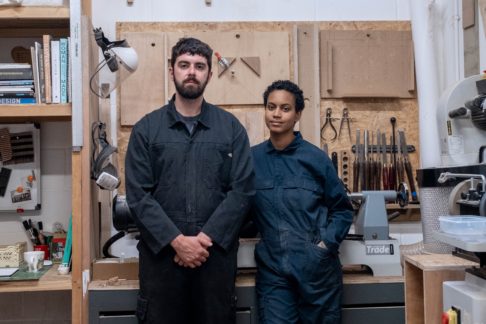 Interview – Wilkinson & Rivera
Interview – Wilkinson & Rivera